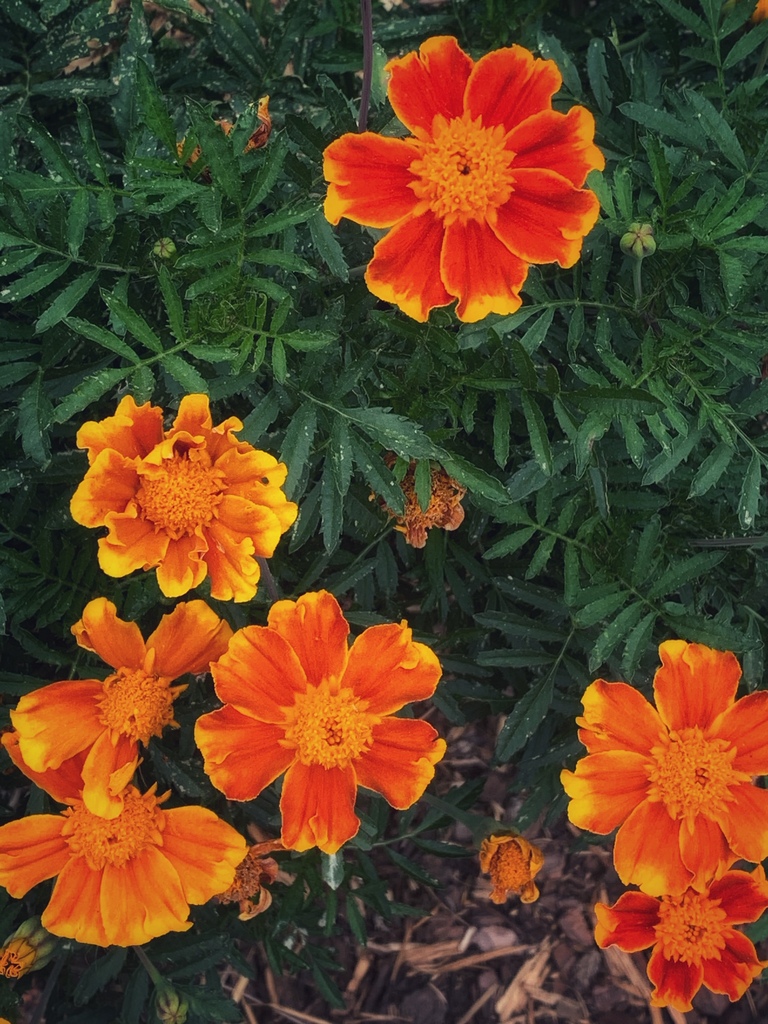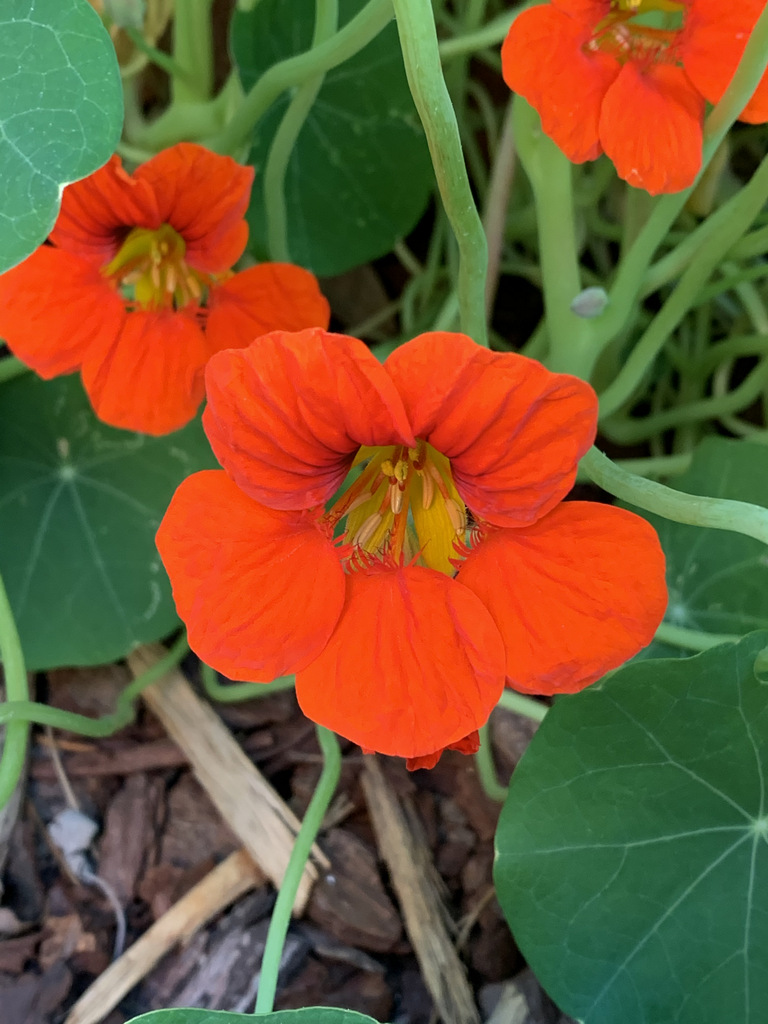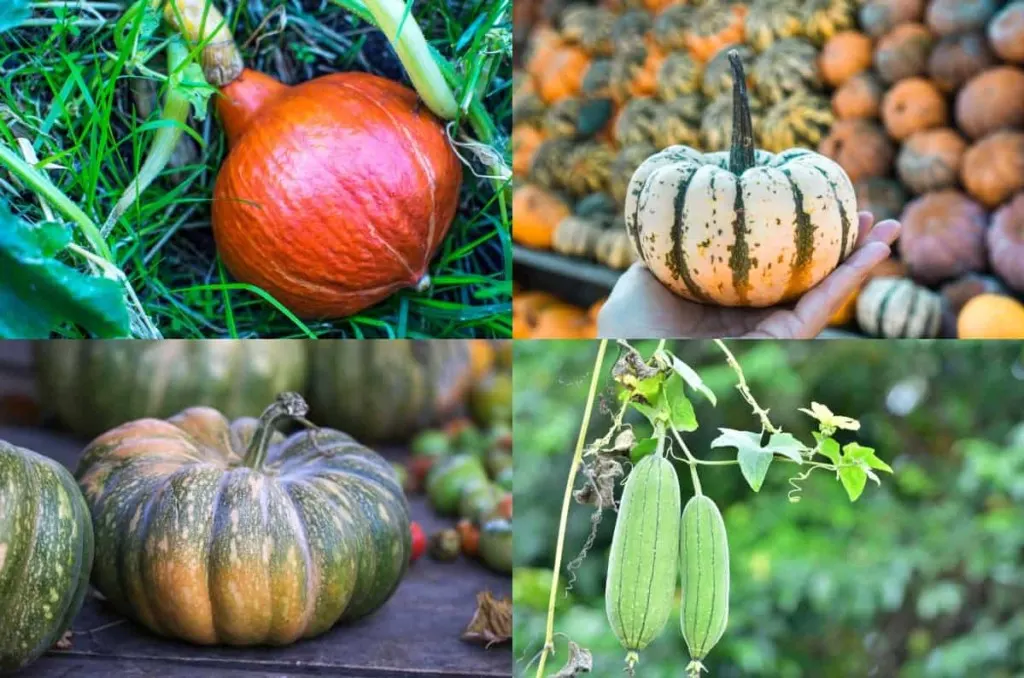Amazing Companion Plants For Growing Loofahs
Amazing Companion Plants for Growing Loofahs
Loofahs are a type of gourd that can be grown in many different climates. They are relatively easy to care for, but they can benefit from companion planting. Companion planting is the practice of planting different types of plants together in order to improve their growth and productivity. There are many different companion plants that can be beneficial for loofahs, but some of the best include:
- Beans: Beans are nitrogen-fixing plants, which means they can help to improve the nitrogen content of the soil. This is beneficial for loofahs, as they need nitrogen in order to grow and produce fruit.
- Carrots: Carrots help to repel pests such as aphids and nematodes, which can be a problem for loofahs. They also help to improve the drainage of the soil, which is important for loofahs, as they do not like to sit in water.
- Cucumbers: Cucumbers and loofahs have similar growing requirements, so they can be planted together. They also help to attract beneficial insects, such as ladybugs and lacewings, which can help to control pests.
- Marigolds: Marigolds are known for their insect-repelling properties. They can help to keep away pests such as aphids, whiteflies, and spider mites, which can all be a problem for loofahs.
- Onions: Onions help to repel pests such as thrips and root knot nematodes, which can be a problem for loofahs. They also help to improve the flavor of loofahs.
- Peas: Peas are nitrogen-fixing plants, just like beans. They can help to improve the nitrogen content of the soil, which is beneficial for loofahs. They also help to suppress weeds, which can compete with loofahs for nutrients and water.
- Sunflowers: Sunflowers are tall plants that can provide shade for loofahs. They also help to attract beneficial insects, such as bees and butterflies, which can help to pollinate loofah flowers.
In addition to these companion plants, there are a few plants that should be avoided planting near loofahs. These include:
- Potatoes: Potatoes and loofahs compete for the same nutrients, so planting them together can lead to nutrient deficiencies in both plants.
- Pumpkins: Pumpkins can shade out loofahs, preventing them from getting enough sunlight.
- Squash: Squash and loofahs are both susceptible to the same pests and diseases, so planting them together can increase the risk of infection.
When choosing companion plants for loofahs, it is important to consider the plants' growing requirements and the potential benefits they can provide. By planting the right companion plants, you can help to ensure that your loofahs grow healthy and produce a bountiful harvest.
Luffa companion plants are a great way to improve the health and productivity of your loofah plants. Some of the best companion plants for loofah include:
- Beans: Beans fix nitrogen in the soil, which can help loofah plants to grow stronger and healthier.
- Onions: Onions repel pests and diseases, which can help to protect loofah plants from harm.
- Catnip: Catnip attracts beneficial insects, which can help to pollinate loofah plants and improve their yields.
- Oregano: Oregano deters pests and diseases, and it can also help to improve the flavor of loofah fruits.
- Corn: Corn provides loofah plants with support, and it can also help to attract pollinators.
- Peas: Peas fix nitrogen in the soil, and they can also help to suppress weeds.
- Marigolds: Marigolds repel pests and diseases, and they can also help to improve the drainage of soil.
- Radish: Radish helps to improve the drainage of soil, and it can also help to suppress weeds.
- Sunflowers: Sunflowers attract pollinators, and they can also help to shade loofah plants from the hot sun.
If you are interested in learning more about loofah companion plants, I recommend visiting the website Gardenia Inspiration. This website has a wealth of information on the topic, including a list of recommended companion plants, tips on how to plant and care for loofah plants, and information on the benefits of companion planting.
FAQ of loofah companion plants
Q: What are some good companion plants for loofah?
A: Some good companion plants for loofah include peas, beans, sweetcorn, and onions. These plants help to deter pests and diseases, and they can also help to improve the soil quality. However, it is important to avoid planting loofah near potatoes, as potatoes can stunt the growth of loofah plants.
Q: Where does loofah grow best?
A: Luffa grows best in well-draining soil with plenty of sunlight. It is a warm-season crop, so it should be planted in the spring or early summer when the temperatures are consistently above 60 degrees Fahrenheit.
Q: How do I plant loofah companion plants?
A: When planting loofah companion plants, it is important to space them properly. Luffa plants need about 2 feet of space between each plant. You should also plant the seeds at the same depth as they were in the nursery pot.
Q: How do I care for loofah companion plants?
A: Luffa companion plants need regular watering, especially during the hot summer months. They also need to be fertilized every few weeks with a balanced fertilizer. In addition, you should keep an eye out for pests and diseases, and treat them promptly if they occur.
Q: How long does it take for loofah to grow?
A: Luffa plants take about 3-4 months to mature. Once the fruits are fully grown, they will turn brown and start to dry out. At this point, you can harvest them and use them as sponges.
Image of loofah companion plants
- Marigolds: Marigolds are known for their insect-repelling properties, which can help to protect loofah plants from pests such as aphids and whiteflies.

- Nasturtiums: Nasturtiums are another type of insect-repelling plant that can be grown alongside loofahs. They also attract pollinators, which can help to improve the pollination of loofah flowers.

- Beans: Beans are nitrogen-fixing plants, which means that they can help to improve the soil quality for loofah plants. They also provide shade for loofahs, which can help to protect them from the sun.

- Cucumbers: Cucumbers and loofahs are both members of the Cucurbitaceae family, so they have similar growing requirements. They can also be grown in the same space, as cucumbers will climb up a trellis and loofahs will trail along the ground.

- Pumpkins: Pumpkins are another good companion plant for loofahs. They can help to deter pests and attract pollinators, and they can also provide shade for loofahs.

Post a Comment for " Amazing Companion Plants For Growing Loofahs"